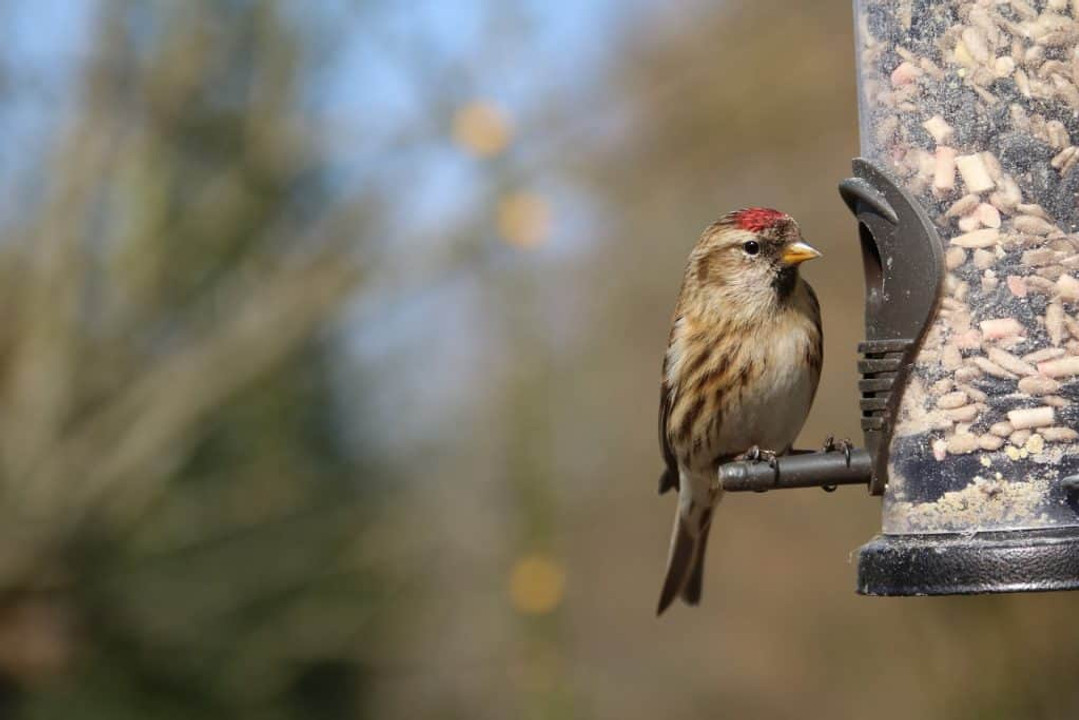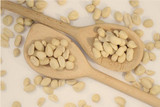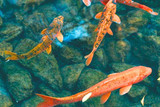Britain’s Top Ten Red Birds
Britain's Top Ten Red Birds
Red birds in the UK. According to studies, birds can differentiate many more shades of red than humans can. The reasons reasons for this are unclear, but many researchers believe the colour could help birds choose a genetically healthy mate.
Certainly, bright plumage including red plumage is most common in male birds particularly during breeding season.
Here is a list of the UK’s top ten most dazzling red birds.
Robin
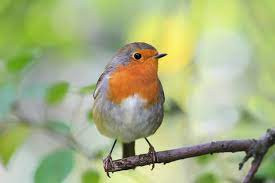
Robins are surely Britain’s most iconic bird. They have also been voted the nations favourite bird. Though they look very sweet as illustrations on Christmas cards, the little Robin has a feisty side. Male Robins have been known to fight to the death over their territory.
Robins are a cheery sight, however, especially in winter when their bright red breast adds a welcome splash of colour to our bleak and bare gardens. Robins love dried mealworms, sunflower seeds and suet.
Chaffinch

Chaffinch are one of Britain’s most commonly sighted garden birds. They are widespread across the UK but are especially found in southern, central and eastern England. Chaffinches are very adaptable birds and will make their habitat in a variety of places including gardens, farmland, parks, and deciduous woodland. Male chaffinches are known for their rusty red feathers although females have a more subdued appearance. Chaffinch love to feed on sunflower hearts and peanuts.
Read more about Chaffinches here
Bullfinch
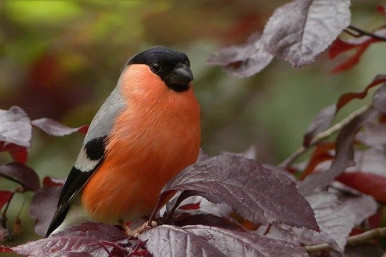
Although Bullfinch can be spotted in gardens, they are much more likely to be seen in woodlands. They often gather into small flocks, especially in summer so if you see one, it’s likely there’s another close by. Bullfinch have quite quiet personalities. Their call is a soft low-pitched whistle so stay quiet if you want to hear it. As with many birds, the female is far less colourful than the male.
Bullfinch are mainly seed eating birds and can often cause damage to budding fruit trees in springtime. Bullfinch like to feed on sunflower seeds.
Read more about the Bullfinch here.
The Crossbill, Parrot Crossbill and Scottish Crossbill
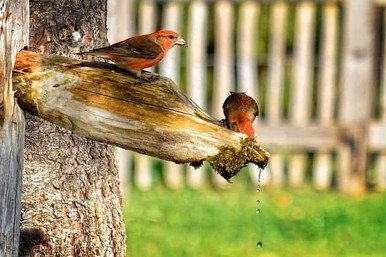
The common crossbill is a large variety of Finch. The tips of its bill cross over to make it easier for it to peck the seeds out of pinecones. As the Crossbill’s diet consists of pinecones it will be of no surprise that it makes its home in confer forests. The Crossbill tends to roost in flocks high up in the forest canopy which makes it tricky to spot.
The Parrot Crossbill is very similar to the Crossbill though it has a slightly heavier head. As with other types of crossbill, only males display rusty red plumage.
The Scottish Crossbill is very similar to all other kinds of Crossbill; however, it is only found in the Highlands of Scotland.
Linnet
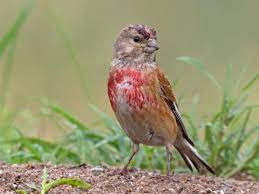
For most of the year the little Linnet is quite an unremarkable looking bird. Come breeding season however, the male is transformed into a dashing courtier. His usual grey, brown feathers turn a very handsome shade of red, which streaks along either side of his breast and on top of his head.
The Linnet isn’t just pretty, however, it also boasts a beautiful, melodious song. Its song was so prized that in the 19th century it was the most popular bird to keep as a pet.
Over a century ago, many people kept birds as pets particularly Finches such as Linnets. Sadly, many were taken from the wild for this purpose. Although due to modern farming practices, Linnet numbers plummeted during the 20th century they have now begun to stabilize thanks to conservation methods. Linnets feed on seeds.
Redstart

The Redstart is a summer visitors to the UK coming in from western Asia and North Africa between April and May. They are mainly seen in the North and West of the country and are particularly numerous in Wales. Males sport a bright rusty red chest in the summer and can look similar to a Robin except for the smart black band across their face. It’s uncommon to see one in the garden.
They tend to be attracted to mature trees, where they build their nests in holes. They can also be distinguished by the way their long tails quiver and bob as they search for food. Redstarts like to feed on berries and insect larvae.
Lesser Redpoll
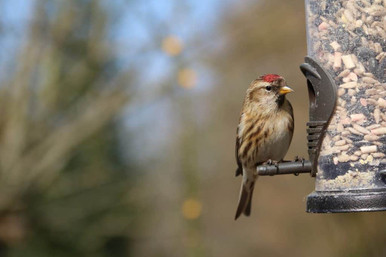
Although not a common sight in gardens, it is possible to spot a Lesser Redpoll. Fill a seed feeder with Niger Seeds, to attract them. Lesser Redpoll’s are distinguished by their red cap. Both males and females have this red cap, however during breeding season, males also sport splashes of red across their chest.
Lesser Redpolls are often seen in small, loose flocks and seem to enjoy the company of Siskins so if you spot a Siskin, look out to see if the red cap of the Lesser Redpoll is bobbing about nearby. Attract Redpoll with small seeds such as broken sunflower hearts that are the perfect size for their small bills.
Greater Spotted Woodpecker

Although predominantly black and white, both male and juvenile Greater Spotted Woodpecker sport a crimson crown and rump. In recent years, Greater Spotted Woodpeckers have been making more of an appearance in our gardens.
To attract them fill hanging feeders with peanuts and suet. Greater Spotted Woodpeckers are of course recognized by their distinctive drumming. Unpaired Males will drum up to 600 times a day!
Explore Popular Articles
-
The Ultimate Guide to Feeding Peanuts to Birds: Benefits and Considerations
16th May 2024Feeding Peanuts to birds is a common practice due to their high nutritious value. Being an excellent
-
Signs of Overfeeding Fish: How to Spot and Prevent it
7th May 2024Do you know that fish are more likely to die from overfeeding than starvation? One of the mos
-
8 Easy Ways to Attract Woodpeckers to Your Garden
8th Apr 2024Woodpeckers are among the most interesting birds known for their drumming sound and bright colours.

